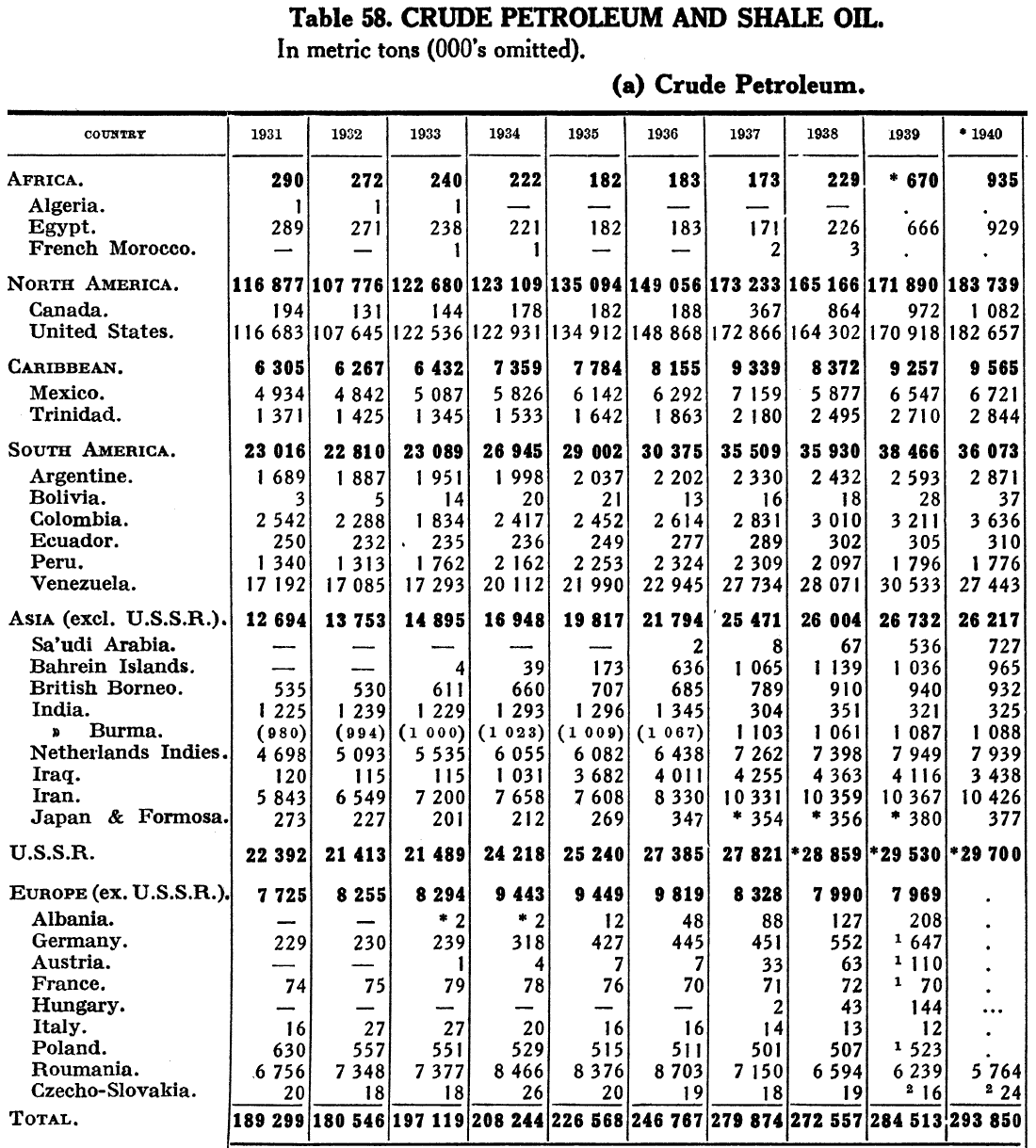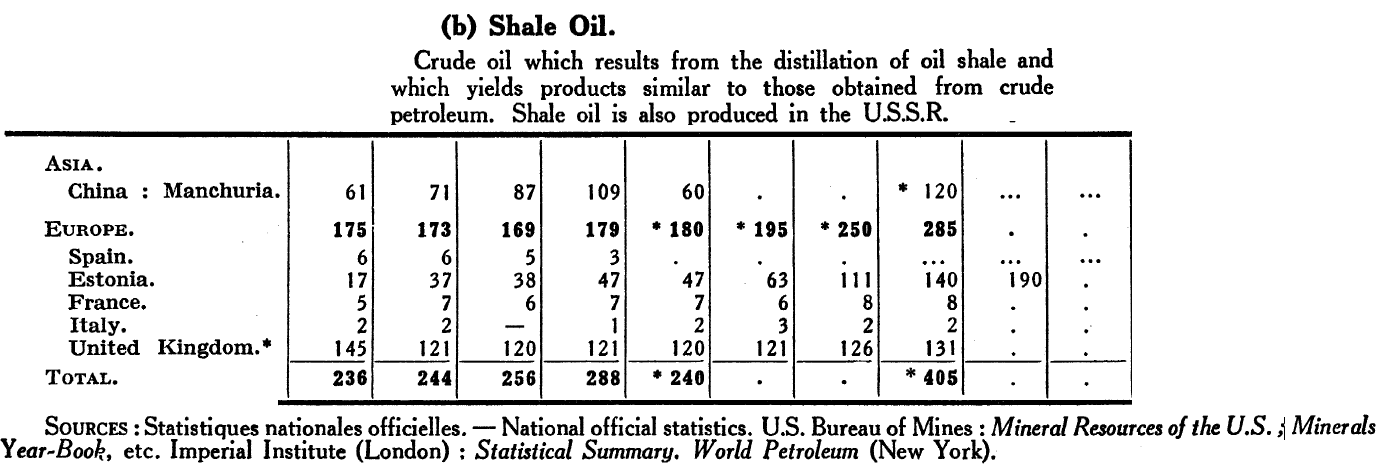
As was said in previous dev diaries, this patch (1.1) is going to primarily focus on game polish: bug fixing, balancing, AI improvements and UI/UX work, while the next major free patch (1.2) is going to be more focused towards making progress on the plans we’ve outlined in our Post-Release Plans DD by iterating on systems like warfare and diplomacy. Hotfix (1.0.6) should be out for you all with performance improvements and some bug fixes in the meantime.
So what have I been doing? Balance work, alongside bug fixing, and assisting with some UI work and bettering of the player experience. I’m new to the design team and during my onboarding I've been able to utilize one of my special talents: I love spreadsheets and data - so I’ve been working on building profitability, production methods, and resource availability. In Patch 1.1 two large changes I have made are to Oil and Rubber and I’ve got some cool resource maps to show you the changes.
And before you take a look at the images showcasing what changes I have done, a big shoutout to @Licarious who made the tool that I am utilizing here today. This tool is open for you all on the forum in this thread. I have found the tool to be particularly lovely, helping me make quick visualizations of the changes I am considering in the game. It's one thing to balance a spreadsheet but another to take a look at the changes proposed on the map itself.
The World’s discoverable Oil Supply as of 1.0.6


In the version of the game you are all currently playing, these are the oil reserves that are discoverable in game. They are mostly the historical oil fields that were cultivated over the current knowledge of where Oil is and has been accessible (even if we did not find out about it until later than 1936). As you’ve no doubt noticed in your later games, Oil is a scarce resource and limits the progress of later game industrialization. While we want Oil to be an important late-game resource, its current bottleneck as an available resource is a little too harsh to the player’s experience so we’ve expanded the discoverable oil fields in game.
I spent a few days going through various feedback threads on the Discord and forums, alongside as many natural resource distribution maps as I could to give a better estimate of the world’s oil supply and help make the game representative of that. As of now we’ve doubled the world’s potential oil fields to give rise to a more plentiful supply in the world by both player and AI actions.
The World’s discoverable Oil Supply as of 1.1.0

I know some of you might be asking, why did we not just increase the production of oil methods and leave the historical oil fields in place? Why have you included [specific] oil fields that were not tapped until ~1950! etc.Those fields represent a usage of either Oil Sands, or some various substrate that would have not been accessible at the time.
These are all some valid questions and I will no doubt go into more detail in the thread about choices made, but some quick answers.
- Oil production methods are already incredibly profitable and buffing them further would help but probably not fully solve the problem.
- The gating of Oil Fields to only historically extracted areas is always tricky, if Russia and the United States collapse in game, 50%+ of the world's oil supply is locked behind their regression and the world suffers. We want to have historical credibility but also give players multiple avenues to pursue.
- We don’t exactly leave a track record of “this field would have been accessible in 1880" etc in our history books when we discover new resources, so best guesstimates have to be used and a balance between historical and semi-balanced gameplay has to be found.
We are by no means done with Oil, this is my first step in their balancing and it's been sent off to QA to run tests and gather feedback. I’ve got plenty of possibilities to look into but I want to make iterative changes instead of altering many things at once and not seeing the full impact.
Things I am looking into for the future includes
- Gating some oil reserve potential behind tech to make it where deposits that were not found until more modern days are harder for the player to get to, but still possible.
- If Oil Supply is still too short - looking into adding more variation of production methods of balancing of input/output of those factories.
- Giving the Whale Oil Industry a bit more of a kick into gear in the early stages of the game.
So keep your feedback on the forums/Discord coming! I might not read and answer them right away but I do collate them for future reference and they’ve been incredibly helpful in my efforts.
And now onto the world’s rubber supply, which I have also adjusted for Patch 1.1.
The World’s discoverable Rubber Supply as of 1.0.6

While not as much of a bottleneck as the world oil supply, rubber is found to not be plentiful enough to meet world demand at current. And as we make the AI better at extracting and utilizing resources in game, we no doubt have to increase the rubber supply available to the world.
And so here are the changes.
The World’s discoverable Rubber Supply as of 1.1.0

Notice the differences? Your eyes aren’t deceiving you, the two maps are the same - and this is not a mistake. The changes to Rubber have been focused on its vertical margins as opposed to the horizontal margins. While I could have upped the world supply of rubber, looking at the later game saves I found it was population issues which were preventing the resource from meeting demands, etc.
So, what I did instead was add a new PM to Rubber Plantations, giving them an automatic irrigation system (like that of the other Plantations this building shares relation to in name only) to symbolize later efforts to modernize plantations and not be fully rainfall dependent. This would help increase the productivity of buildings already in game.
Rubber Plantations can now double their effective output in the later game, by replacing some employees with machines.


Items I am looking into for the future include:
- Adding more Rubber potential to the world if this PM is not enough
- Potential synthetic rubber in the late game?
- State traits for the specific areas of the world best suited to its cultivation to help throughput
These two resource changes have been put into 1.1 among other things and are currently being vetted for balance and functionality by the QA team. I look forward to hearing your thoughts as well but remember that all numbers are currently WIP. If you have thoughts and opinions and can find me a source backing up your claims, please feel free to put them in the thread or on Discord/forums where then can continue to be collated for me.
What am I doing while this is being vetted? Why I am breaking ground into future balance changes in 1.2! As stated elsewhere on these forums, I am looking into the arable land balance of the game making changes to them. Since these changes have the potential to upend the world economy, I’m getting this branch settled early so we have as much time on our end to iterate on its balance. I will also take feedback from players upon 1.1s upcoming release, then look into tweaking other resources’ balance and such. There are always a few things to tweak!
And that’s it for this dev diary, with this little peek behind the curtain of work being done I am now going to return to it and read through the QA feedback. Then do some further balancing as needed and my work for Patch 1.2.
Patch 1.1 is planned to release before the end of the year and it's already November so it's not that far away in the grand scheme of things. Next week we will talk about some more of the changes in that patch.





